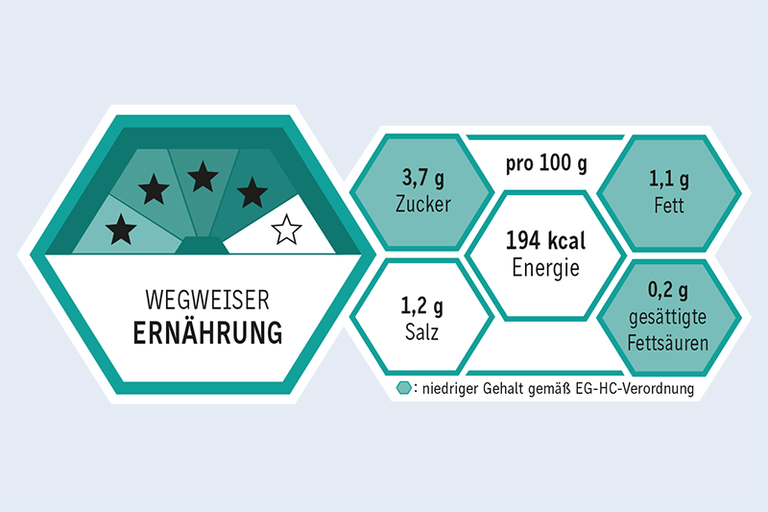Building bridges for greater transparency
There is nothing fundamentally new about it – and that was precisely the point: From Australia to France and Finland to Italy, in the vast array of nutrition labelling options that are currently being presented, discussed and, in some cases, already used, the Max Rubner-Institut’s new draft nutrition labelling model, which was developed over a period of four weeks, does not aspire to a starring role, but rather to amalgamate all the good, positive things that already exist. At the same time, it has the important task of building a bridge between the various interests that have to be taken into account when introducing nutrition labelling – a bridge, ideally, that everyone should be able to cross.
The bridge piles are firmly set in scientific foundations: starting with the procedure used in developing the model, which has been documented in detail and is completely transparent for external users, through to the inclusion of an algorithm for the overall evaluation of foodstuffs on a solid scientific basis.
An overall evaluation of this kind is designed to enable those in a hurry or who are not so interested in plumbing the depths of nutritional knowledge to quickly classify a food item. The star ratings familiar from hotel evaluations and the intensity of colour that increases with food quality are signals that can easily be understood without additional explanation. This overall evaluation is based on the Nutrient Profiling System Score developed by the UK’s Food Standards Agency which, in turn, has its roots in the French nutri-score algorithm. The latter can and will be optimised in the future.
By depicting tried and tested information on the five nutritional properties particularly relevant to health, consumers are given important information on which properties they should feature in their diet and which they should avoid eating in too large quantities. Only the fields referring to properties that fall below the levels contained in the EU’s evidence-based Nutrition and Health Claims Register are highlighted. Every individual should still be free to choose whatever food he or she likes without any stigma attached – but it should be made as easy as possible to make health-promoting decisions. MRI’s nutrition labelling model has therefore been designed to be objective and informative.
As the Max Rubner-Institut explains in detail in its report evaluating existing nutrition labelling systems, it is possible to determine criteria for evaluating labelling and evaluate these criteria objectively. The next step is now to test the labelling developed by scientists and MRI’s public relations department to ascertain whether and how well those who use the labelling – the consumers – understand the claims derived from the nutrition labelling model and are able to apply them to their food choices.


